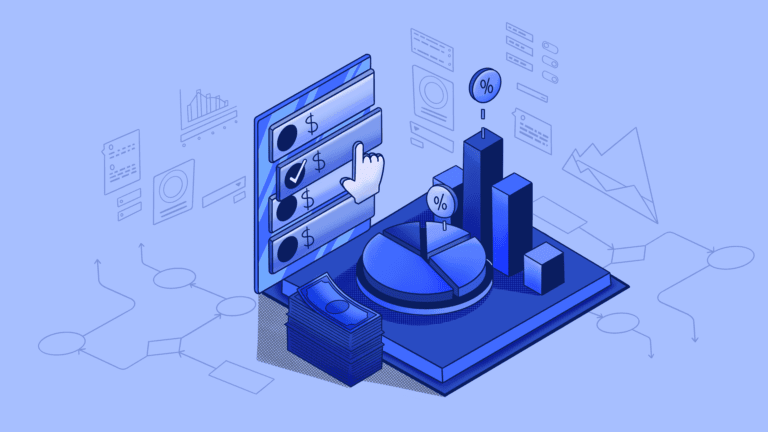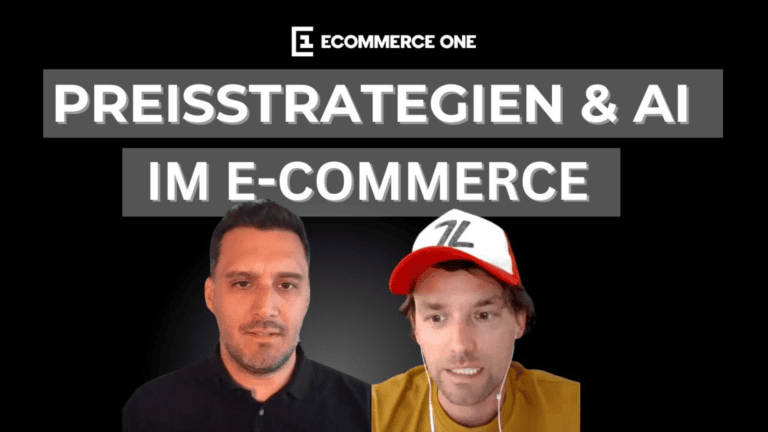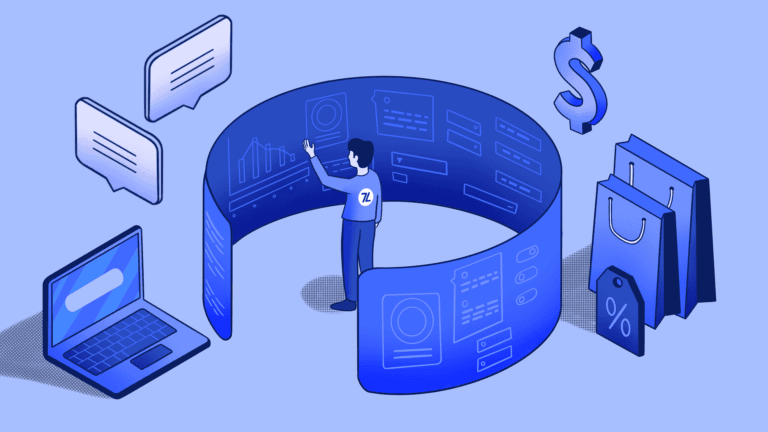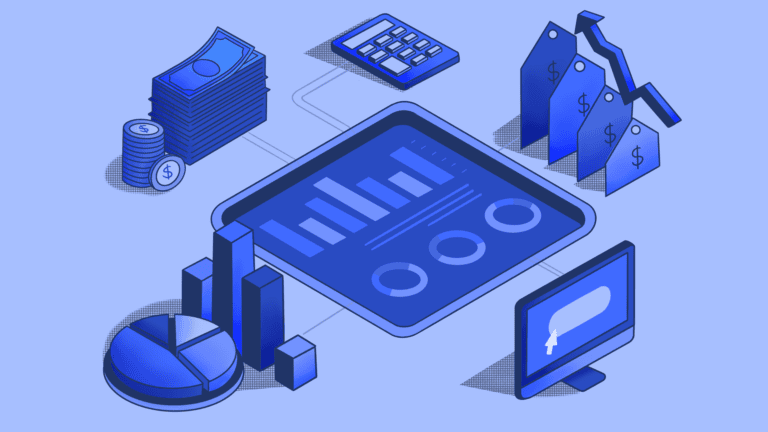Technological innovations are revolutionizing the way consumers shop, giving traditional retailers the chance to embrace cutting-edge solutions to drive efficiency, enhance customer experiences, and stay ahead of the curve. One of the key technologies currently shaping the retail landscape are electronic shelf labels (ESLs), digital display tags used by retailers instead of paper price tags to show product information and prices on the shelf using e-link or LCD technology.
In our recently published whitepaper, The Comprehensive Guide to Electronic Shelf Labels, we have explored the possibilities that ESLs present, and detailed how to get implementation and usage right. Here, we have outlined five key takeaways from our guide.
1: Adoption is accelerating, particularly in Europe
The retail landscape is evolving rapidly, driven by technological advancements and shifting consumer preferences. ESL adoption is on the rise, with Europe emerging as a key market and growth expected to reach USD 3.33 billion by 2029. Factors contributing to this acceleration include affordability, enhanced features, and changing sustainability regulations.
Leading retailers like Ikea and Lidl are spearheading ESL implementation, recognizing the operational efficiency and economic attractiveness of digital price tags.
2: ESLs can leads to boosts in efficiency and profits
ESLs are more than just digital price tags; they are strategic assets that enhance efficiency and profitability. By replacing traditional paper tags, ESLs streamline price updates and inventory management, freeing up staff to focus on customer service. Additionally, ESLs enable retailers to implement dynamic pricing strategies, optimizing prices to maximize margins and competitiveness.
Beyond their role as mere digital price tags, ESLs serve as strategic assets that streamline various aspects of retail management, ultimately enhancing efficiency and driving bottom-line growth.
3: A robust implementation process is key
A successful transition to ESLs requires careful planning and execution. Retailers must assess their technology infrastructure, select the right ESL solution, integrate data systems seamlessly, and provide comprehensive training for staff. Common obstacles include technological complexity, resistance to change from staff, and integration issues with existing systems. However, with proper planning, communication, and support, retailers can overcome these challenges and reap the rewards of ESL adoption.
A robust implementation process is key to realizing the full benefits of ESL technology and ensuring a smooth transition for all stakeholders.
4. Predictive pricing is needed to reap the most rewards from ESLs
While ESLs offer significant advantages on their own, their true potential is unlocked when combined with predictive pricing software. By leveraging machine learning algorithms, retailers can anticipate changes in demand and adjust prices dynamically to achieve their business goals. Predictive pricing empowers retailers to make proactive pricing decisions, enhancing competitiveness and customer satisfaction.
5: The time to adopt is now
The opportunity to adopt ESLs and predictive pricing has never been greater. As retail continues to evolve, embracing innovative technologies is essential for staying ahead of the curve. With ESLs and predictive pricing, retailers can future-proof their businesses, streamline operations, and deliver exceptional customer experiences.
To fully leverage the benefits of ESLs and predictive pricing, retailers may benefit from partnering with experienced solution providers. Companies like 7Learnings offer comprehensive AI-driven dynamic pricing solutions tailored to retailers’ specific needs. By partnering with experts in the field, retailers can accelerate their digital transformation journey and achieve sustainable growth.
Electronic shelf labels and predictive pricing represent the future of retail. By embracing these technologies, retailers can navigate the complexities of the modern marketplace, drive efficiency, and unlock new opportunities for growth. The path to success lies in embracing innovation, seizing the moment, and leveraging the power of ESLs and predictive pricing to redefine the retail experience.



